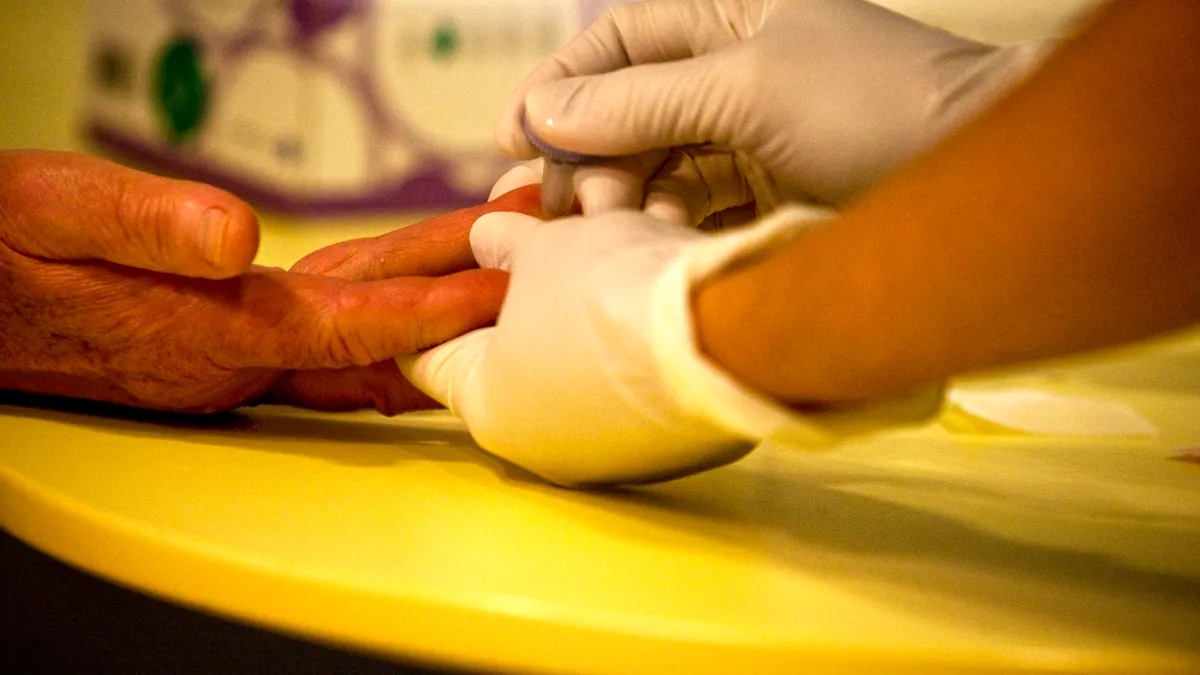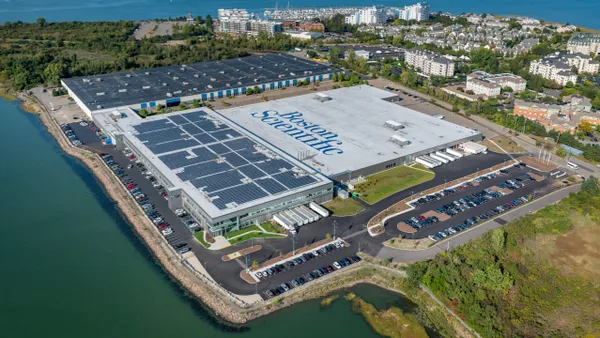Dive Brief:
-
A study by University of Cambridge researchers found that a hybrid closed-loop insulin delivery system, also known as an artificial pancreas, provided better blood sugar control than sensor-augmented pump therapy in patients with poorly controlled type 1 diabetes.
-
The researchers followed 86 patients with type 1 diabetes who received either hybrid closed-loop therapy or sensor-augmented pump therapy over 12 weeks of unrestricted living. They found the amount of time that glucose was in target range was significantly higher in the closed-loop group (65%) compared to the control group (54%).
- The research was presented at a meeting of the European Association for the Study of Diabetes (EASD) in Berlin and published in The Lancet. The study was funded by JDRF, formerly known as the Juvenile Diabetes Research Foundation.
Dive Insight:
FDA approved the first artificial pancreas, Medtronic's MiniMed 670G hybrid closed-loop system, in September 2016. The automated insulin delivery system measures glucose levels every five minutes and adjusts insulin levels up or down as needed.
The system includes a sensor to measure glucose levels under the skin, an insulin pump strapped to the body, and an infusion patch connected to the pump with a catheter that delivers insulin. While the device automatically adjusts insulin levels, patients still must manually enter carbohydrate information at mealtime and calibrate the sensor with periodic finger sticks.
Sales of the MiniMed artificial pancreas have been gaining momentum this year after a slow start due to production issues when the device was first approved. Medtronic in August said sales of its diabetes devices soared 27% in the company’s fiscal first quarter.
Sensor-augmented pump therapy combines an insulin pump with a continuous glucose monitoring sensor that transmits glucose readings to the device wearer. With such systems, the patient is responsible for making all insulin-dosing decisions.
In the Cambridge study, glycated hemoglobin (HbA1c), a measure of recent average blood glucose control, was reduced from 8.3% to 7.4% after the study for the closed-loop patients. In the sensor-augmented patient group, HbA1c values declined from 8.2% to 7.7%.
The proportion of time spent in very low blood sugar (hypoglycemia) and high blood sugar (hyperglycemia) averaged 3.5% at baseline in the closed-loop group and fell to 2.6% following the study. In the sensor-augmented pump group, the number increased from 3.3% at baseline to 3.9% after the study.
Authors of the study include Roman Hovorka, University of Cambridge Metabolic Research Laboratories, Wellcome Trust-MRC Institute of Metabolic Science, Addenbrooke's Hospital, Cambridge, U.K., and colleagues.
Daniel Finan, research director at JDRF, said the study adds to the body of evidence showing that closed-loop insulin delivery systems improve outcomes for people with type 1 diabetes. "In particular, this study demonstrates that people with diabetes who have suboptimal control can benefit greatly from such technology," Finan said.










